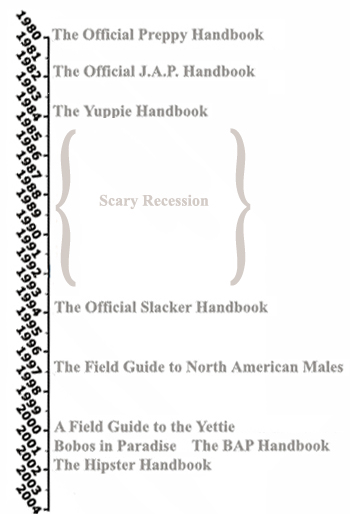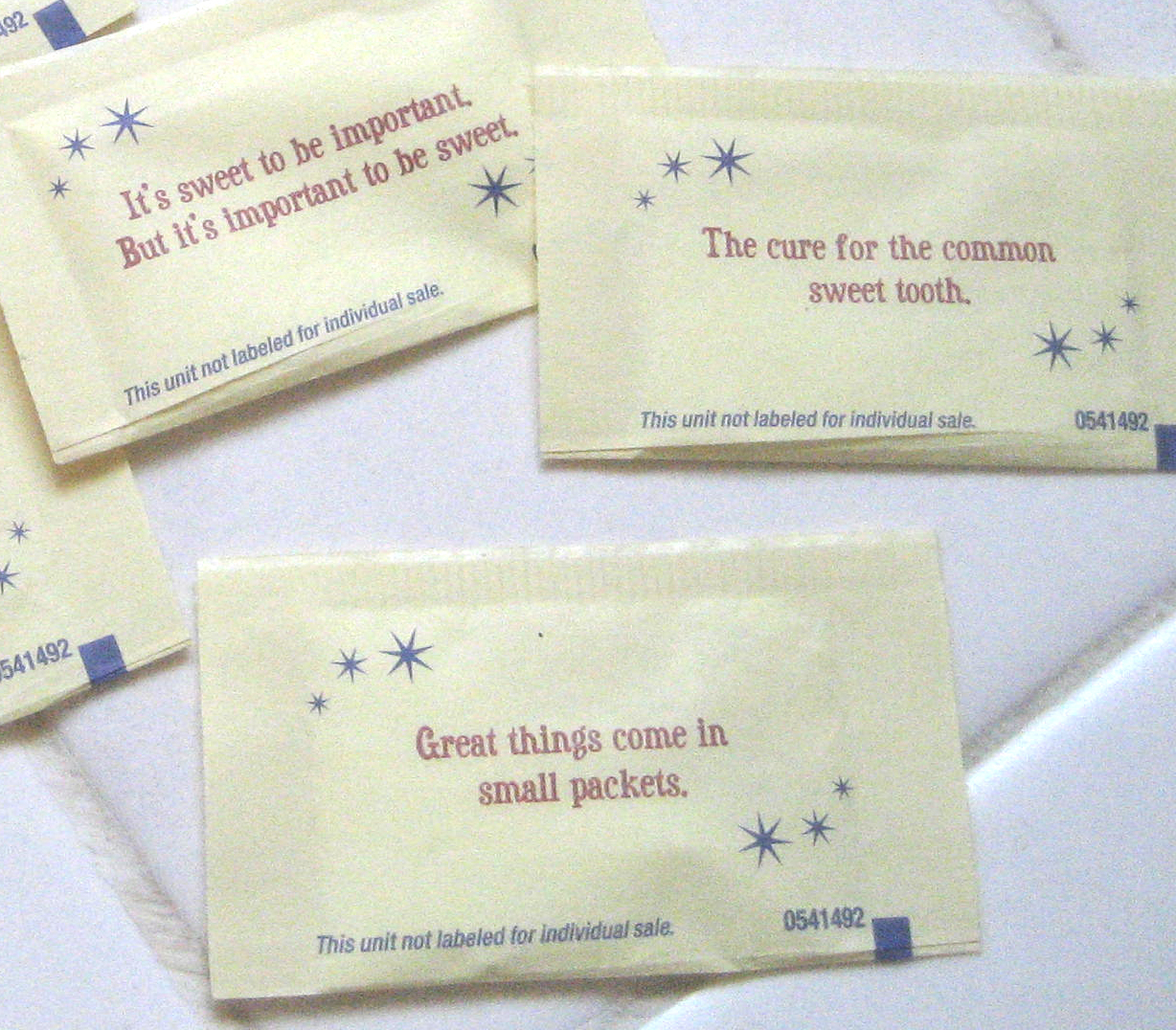“If you don’t love everybody, you can’t sell anybody!’
– Jerry Maguire’s mentor “Dicky Fox”

ok, enough with the fun and games. heave a sigh of relief to not be breathing playa dust anymore, put away your white clothing, let’s get serious, and talk about marketing.
one of the things that i haven’t given too much attention here yet, but consider hugely significant in the development of any marketing strategy is the dynamics of trend diffusion–that is, the process(es) by which trends, products, and ideas spread, and become adopted by and across cultures/markets. as with everything else i do, my particular perspective on the workings of these processes is colored by the lens of identity. people buy those products and brands that they identify with in some fashion, and this likewise affects the point at which they buy them. my approach to diffusion then, is something akin to the scientific process of pouring the active ingredients of adoption patterns into the identity solution and seeing what poofs out.
various theories have been developed to explain how diffusion works. there’s the dancey sounding two-step flow model developed by paul lazarsfeld and elihu katz, in which mass media information is channeled through “opinion leaders” (step 1) to the “masses” (step 2). whether or not this was ever so simply the case outside of the catholic church deali-o, in the current cyclical context of the age of conversation it certainly is no longer. there’s also the politically reminiscent trickle-down effect which says that as products become more affordable they sell better, the coefficient of diffusion thereby being nothing more complicated than price point. as reaganomically limited in its scope of the overall situation as the theory’s name would imply.
in the 60’s everett rogers broke the adoption bell curve down into different types of adopter personas in his diffusion of innovation theory:

and a bit later on frank bass came along with a lot of terrifying math stuff that looks like this:
Where:
is the rate of change of the installed base fraction
is the installed base fraction
is the ultimate market potential
is the coefficient of innovation
is the coefficient of imitation
Sales
is the rate of change of installed base (i.e. adoption)
multiplied by the ultimate market potential
:
The time of peak sales
:
The time of peak sales:
The time of peak sales:
but all he was really trying to do was name a subwoofer after himself, i.e. the bass diffusion model, which presents a relatively more nuanced perspective for understanding the adoption process:
the bass diffusion model at least reflects a deeper insight onto what’s going on in this messy process than what the other fellows had to offer with their minimalist s-curves and bell curves and whatnot, but there is one consistent problem with all these graphs, and it’s exactly what you’d expect the problem WOULD be with the creative output of mathematicians:
the words.
“laggards”? “imitators”? mathematicians can maybe claim social ineptness and get away with labelling people in this kind of tactlessly condescending way, but what excuse do marketers have? the implication in the labels for the different adoption categories is not only the assumption that consumers must be striving to catch up to the left side of the graph at all times, but leaves nothing to the imagination about how much respect the folks relegated to sitting on the “back of the bus” deserve.
these are the people we are counting on to BUY our shit at some point, and this is what we call them? see, it seems like it’d be easier if everyone could just be bulldozed leftwards as soon as possible, (where they will be treated as the cheap dat–wait, no errr– as the first-class citizens we want them to feel they are), but in reality i don’t think that’s true were it even possible. not only would early adopters have no way of distinguishing themselves (bye-bye prized adopter category), but if everyone was huddled over on the left, brands would not have the opportunity to recalibrate their strategy; it would just be a one-shot chance to succeed or, what’s more likely, fail.
since it may appear that we might actually NEED the right side of the curve to even out the stakes a bit, perhaps we ought to consider that there are benefits in being able to understand it better. in fact, instead of just blindly inflating the egos of the prodigal “early adopters,” like parents worrying about our kids’ “self-esteem,” there may be benefits in understanding the nature of what is actually going on along the entire curve in greater detail.
the first step is to acknowledge that we shouldn’t assume the various stages on the adoption bell curve are just phases people are going to grow out of or hoping to level up through. the second is that thinking of the categories as their own self-contained identity segments is useless.
think about someone you met relatively recently asking you what kind of music you like. unless it’s within several days of your birthday or christmas, that question is not actually strictly about sonic preferences. people can easily admit such things as “i like british indie rock” or “i like southern rap” or “i like dirty sexy glitchy breaks,” and because musical taste can often translate to much bigger things about a person’s lifestyle, aesthetic sensibilities, community, perhaps even their values, asking what kind of music someone likes is basically just a much more efficient–not to mention pallatable–way of asking them to explain some fundamental aspects of their fragile identity. music preference easily establishes a common language for particular kinds of consumer identities and therefore is a relatively useful way to define market segments.
thinking of an adoption category as a useful means for defining consumer identity unto itself is about as effective as using latin to communicate in modern-day europe–it might be related, but it will not actually get your message across.
there is such an enormous variety of factors that affect not only why someone (or a certain kind of someone, or certain groups of kinds of someones) would make a particular purchase at a particular point, but also why they’d make different purchase decisions at differing points in the diffusion timeline, that whether someone is an “early adopter” or a (eeuggh) “laggard” in itself, tells you practically NOTHING about their identity or how to communicate with them. a friend of mine got an iphone on the first day but still doesn’t have power windows in his car–does this make him an early adopter, or not?
there’s a lot more to say on this topic and i’m not going to bother shoving it all into one post. this one’s enough to set the scene for where the action’s headed, i think. the main point to take away–in case you got frightened by the scary math stuff, and haven’t bothered to read anything since then up till now–being:
suspending the value judgement from adoption categories, and instead developing a more nuanced understanding of their intricacies and functioning, and the particular needs of the individuals within them, will result in more effective strategy.








